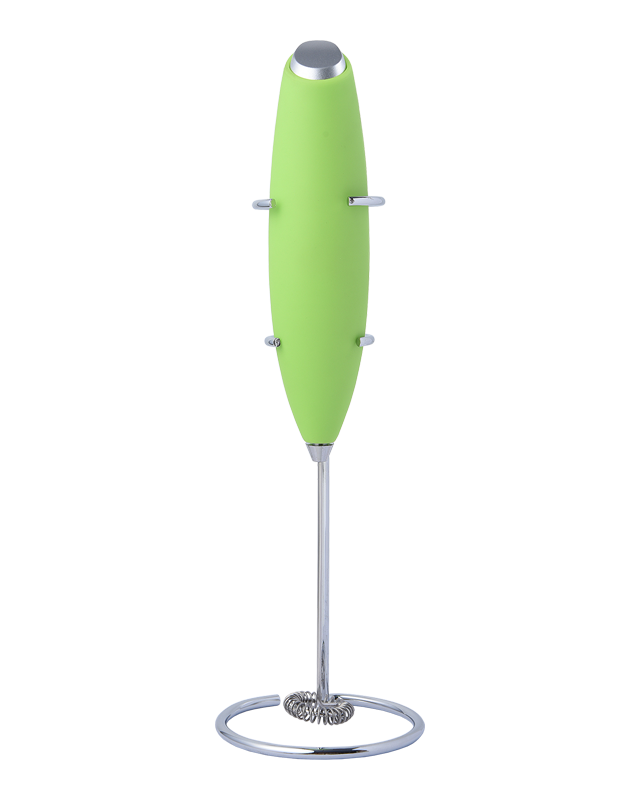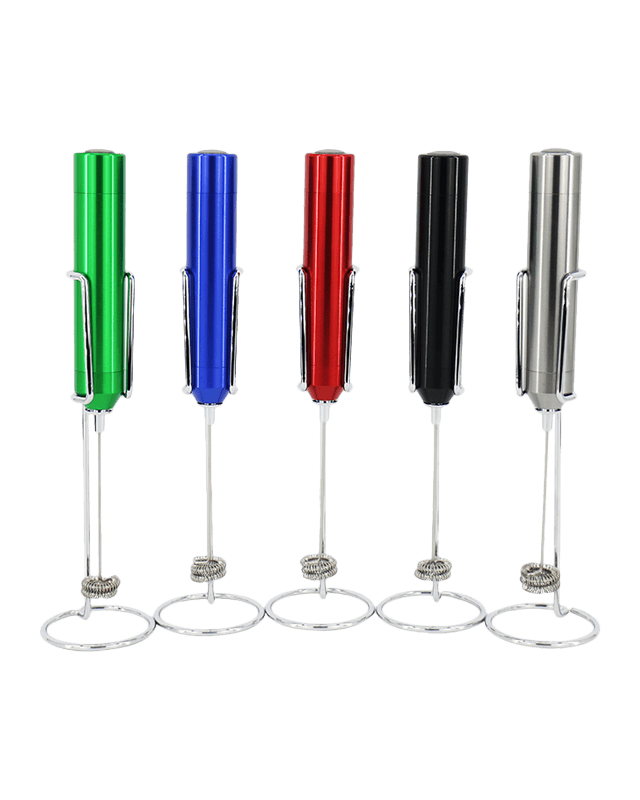The Coffee Foam Mixer carefully regulates the ratio of air incorporated into the milk or liquid base. Achieving the ideal air-to-liquid balance is critical because it determines the foam’s microstructure, including bubble size, density, and uniformity. A higher proportion of small, evenly distributed air bubbles creates a strong, cohesive foam network that resists collapse and liquid drainage. In contrast, irregular air incorporation can produce larger bubbles that rise quickly and burst, resulting in unstable foam. By precisely controlling this ratio, the mixer ensures that every specialty beverage, whether a cappuccino, latte, or macchiato, has consistent volume, texture, and aesthetic appeal.
Foam stability is highly dependent on the thermal properties of the liquid being frothed. The Coffee Foam Mixer maintains a controlled temperature range—between 55°C and 65°C for dairy milk—to optimize protein denaturation without scorching. Proteins such as casein and whey unfold at this temperature, forming a network that encapsulates air bubbles. This denatured protein film strengthens the foam’s microstructure, preventing rapid deflation. If the liquid is overheated, proteins can coagulate too aggressively, leading to curdling and weak foam; if underheated, proteins remain insufficiently activated, producing fragile bubbles that collapse quickly. Precise temperature management ensures foam durability while preserving the milk’s natural sweetness and flavor.
The mixer’s whisking or frothing mechanism applies consistent, controlled shear forces that distribute air evenly throughout the liquid. This mechanical action aligns and stretches proteins and stabilizes fats around each air bubble, creating a dense, resilient foam network. By controlling both the intensity and direction of agitation, the Coffee Foam Mixer avoids over-shearing, which can create unstable large bubbles, and under-shearing, which produces weak foam. This precise mechanical control is essential for achieving microfoam suitable for latte art, smooth texture, and long-lasting stability.
During frothing, milk proteins and natural emulsifiers form a protective film around air bubbles. The Coffee Foam Mixer ensures optimal exposure of these molecules to air, enhancing their ability to stabilize foam. Casein and whey proteins create flexible, elastic films that prevent bubble collapse, while emulsifiers and milk fats reinforce this network by maintaining surface tension and preventing coalescence. This molecular architecture slows liquid drainage and prevents the separation of foam from the beverage base, ensuring a consistent creamy layer that retains its volume for extended periods.
The Coffee Foam Mixer is engineered to produce microbubbles of uniform size. Uniformity prevents larger bubbles from merging and collapsing, which is a primary cause of rapid foam deflation. Smaller, evenly sized bubbles pack closely together, creating a dense and cohesive network that resists gravitational and mechanical stress. This results in a silky, velvety foam that maintains its shape and texture for extended periods, supporting professional-grade beverage presentation and a satisfying mouthfeel.
Foam quality depends not only on air incorporation but also on the speed and duration of frothing. The Coffee Foam Mixer precisely controls these parameters to balance aeration with protein network formation. Excessive speed or prolonged frothing can introduce oversized bubbles and weak films, while insufficient speed or duration produces underdeveloped foam. By optimizing these variables, the mixer creates a stable, dense foam network with strong structural integrity, allowing foam to maintain its volume and texture over time, even during transport or waiting periods before consumption.



 English
English
 Français
Français
 Español
Español
 Deutsch
Deutsch
 日本語
日本語





























